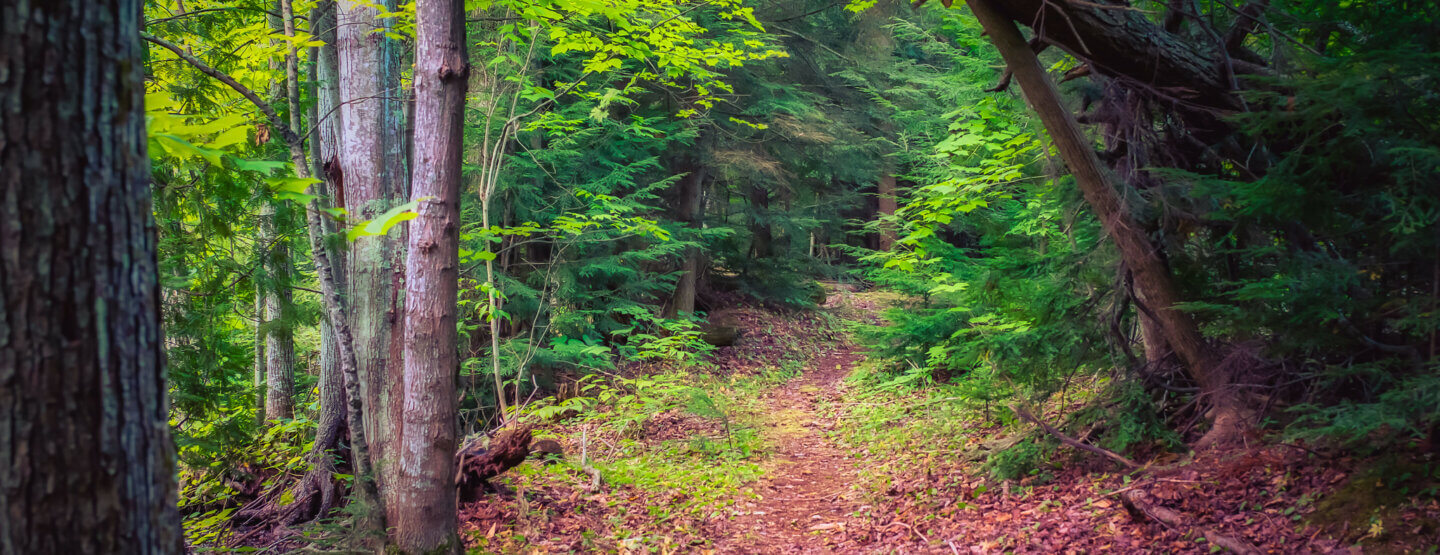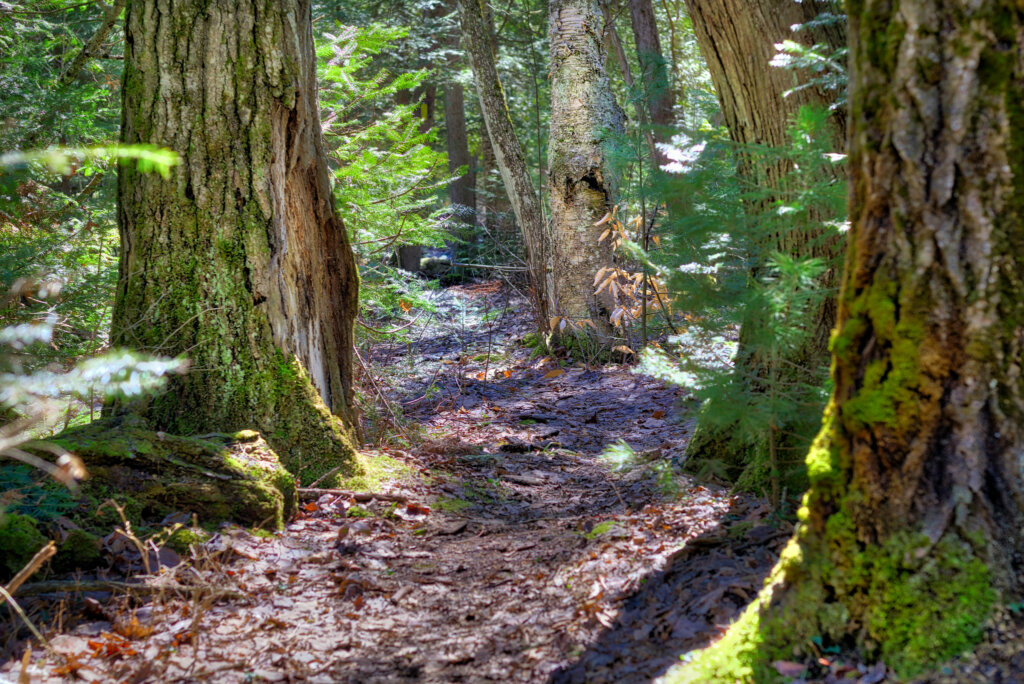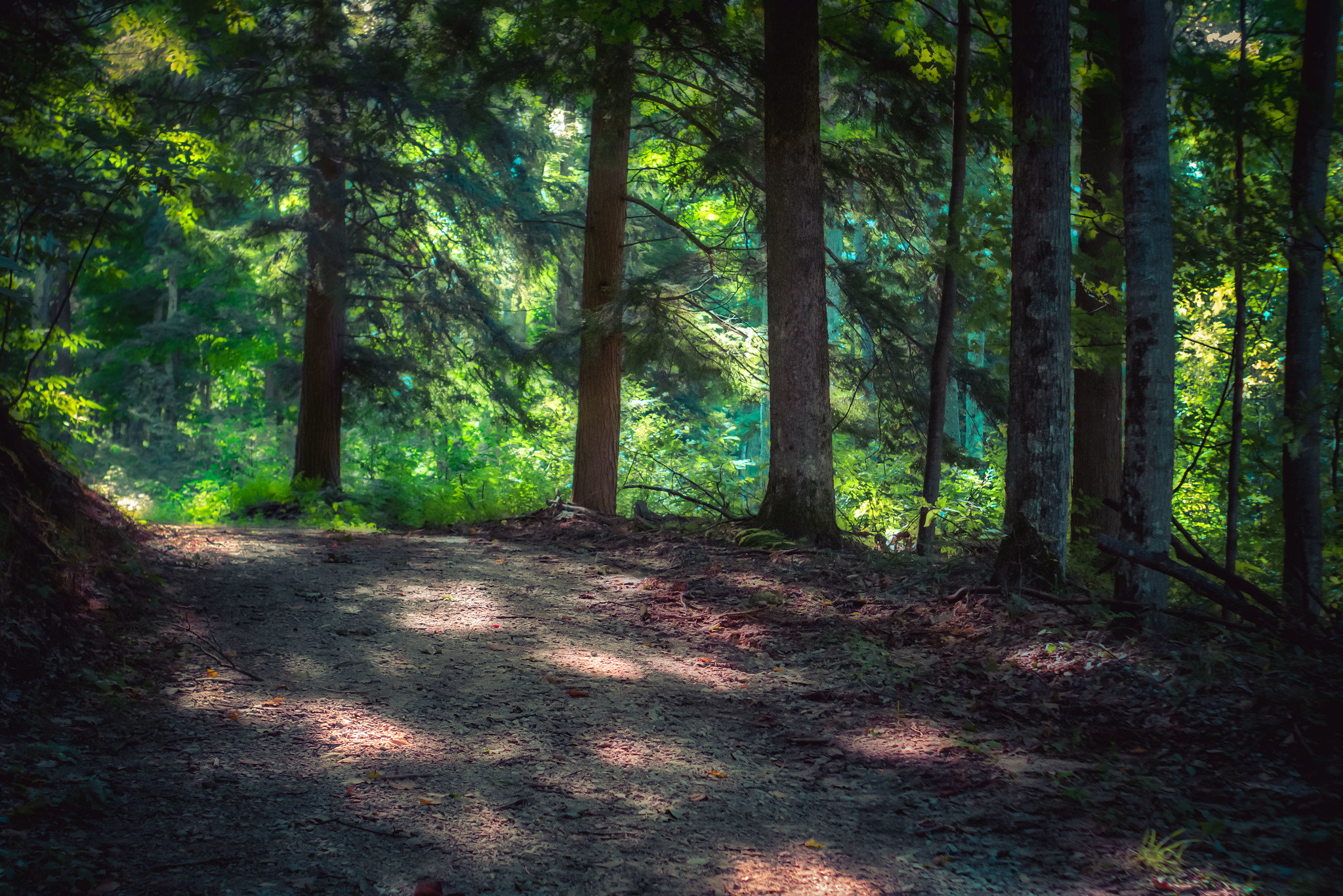Time spent in nature has impressive healing powers for mind and body.
By Brighid Driscoll
Growing up, I spent a lot of time with my grandmother. Her way of living was simpler than everyday life now. She washed everything with vinegar and sunshine, kept a meticulous garden, and could make clothing and meals from scratch. When midday rolled around, she would tell us kids to go outside. To her, time spent outdoors could cure almost any everyday ailment: fatigue, headache, bad mood, and boredom. Today, she’s a proud great-grandmother to my brother’s baby boy. She regularly advises him that the baby should get outside air to help his sleep and disposition. Somehow it always works. Spending time outside makes you feel good, but are there health benefits to doing so? Studies say yes.
Forest bathing, known as “Shinrin-yoku” in Japanese, is a practice that emerged in Japan in the 1980s as a response to increasing urbanization and stress levels.
Developed by the Japanese government as a form of therapy, it aimed to promote wellness by immersing oneself in nature. Forest bathing involves walking through forests, focusing on the senses, and engaging with the natural environment.
The concept draws inspiration from ancient Shinto and Buddhist traditions, which recognized the healing power of nature. However, Dr. Qing Li, a Chinese researcher, scientifically studied the practice’s benefits on reduced stress, improved mood, and enhanced immune system function. Dr. Li’s research supported the idea that spending time in forests, inhaling phytoncides emitted by trees, and experiencing the calming atmosphere could have positive effects on human health. Phytoncides are invisible, volatile compounds emitted by plants that serve as a natural defense mechanism.
Recognizing its potential, forest bathing quickly gained popularity in Japan and gradually spread to other countries. Today, it is embraced as a form of ecotherapy worldwide, offering a respite from the pressures of modern life.
Forest bathing’s healing power comes from its ability to make us slow down. This isn’t a vigorous hike but rather a leisurely walk. Take moments to stop and look, listen, and feel. If your breath gets heavy, pause, and listen to the sound of the forest. If your legs tire, sit and admire the moss covering a fallen tree trunk. The act is about being, not doing.
Another health benefit comes from phytoncides. When exposed to phytoncides, typically found in forests and other natural environments, we can experience health benefits. Inhalation of phytoncides has been linked to reduced stress levels, improved mood, and enhanced immune function. Research suggests that exposure to phytoncides can lower blood pressure, heart rate, and cortisol levels, promoting relaxation and well-being. Also, phytoncides have been linked to increased natural killer cell activity, which enhances the body’s ability to fight cancerous cells and pathogens. Even more good news? The phytoncide benefits of one forest walk can last for weeks.
It’s incredible that a walk in the woods can do that. Happily, for all, the Conservancy has lots of natural land and forests to bathe in. Some of my favorites for forest bathing include Palmer Woods Forest Reserve, Kehl Lake Natural Area, and Swanson Preserve. However, any of our natural areas will provide the benefits of a forest bath. I feel grateful to be part of an organization that protects the ecological wonders of Leelanau. The benefits of land protection are far-reaching. From protecting forest floor trillium to enhancing human health, conserving Leelanau’s unique places will keep the peninsula and its inhabitants healthy and vibrant for years to come.






